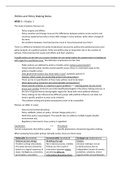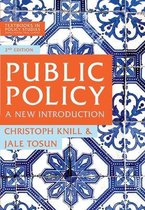Summary
Summary Politics and Policy Making
- Course
- Institution
- Book
This is a summary of all required readings for the UU PPE course Politics and Policy Making. Here and there, the readings are supplemented with notes from seminars and lectures.
[Show more]





